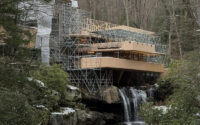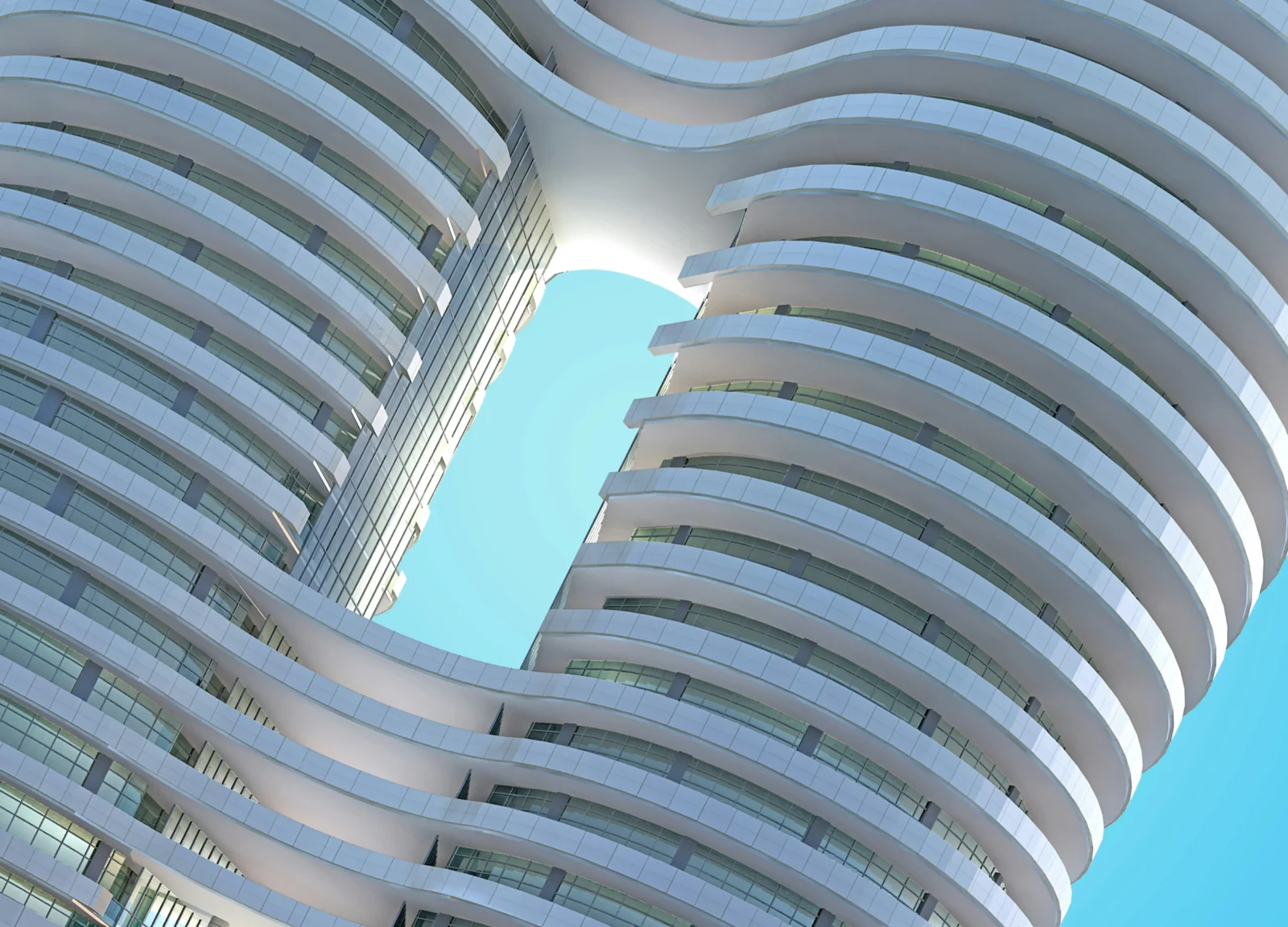- Home
- Articles
- Architectural Portfolio
- Architectral Presentation
- Inspirational Stories
- Architecture News
- Visualization
- BIM Industry
- Facade Design
- Parametric Design
- Career
- Landscape Architecture
- Construction
- Artificial Intelligence
- Sketching
- Design Softwares
- Diagrams
- Writing
- Architectural Tips
- Sustainability
- Courses
- Concept
- Technology
- History & Heritage
- Future of Architecture
- Guides & How-To
- Art & Culture
- Projects
- Interior Design
- Competitions
- Jobs
- Store
- Tools
- More
- Home
- Articles
- Architectural Portfolio
- Architectral Presentation
- Inspirational Stories
- Architecture News
- Visualization
- BIM Industry
- Facade Design
- Parametric Design
- Career
- Landscape Architecture
- Construction
- Artificial Intelligence
- Sketching
- Design Softwares
- Diagrams
- Writing
- Architectural Tips
- Sustainability
- Courses
- Concept
- Technology
- History & Heritage
- Future of Architecture
- Guides & How-To
- Art & Culture
- Projects
- Interior Design
- Competitions
- Jobs
- Store
- Tools
- More
3 Different Architectural Styles
Modern architecture, also known as modernist architecture, was an architectural movement or style that was based on cutting-edge construction techniques, particularly the use of glass, steel, and reinforced concrete, the principle that form should follow function (functionalism), an acceptance of minimalism, and a rejection of ornament.

Table of Contents
ToggleModern Architecture
Modern architecture, also known as modernist architecture, was an architectural movement or style that was based on cutting-edge construction techniques, particularly the use of glass, steel, and reinforced concrete, the principle that form should follow function (functionalism), an acceptance of minimalism, and a rejection of ornament.

Modern architecture is based on clear and uncomplicated principles. Its pervasive ideology adheres to the principle that form should always follow function. Modern architects thus express themselves through simplicity, unobscured views of structural components, and the avoidance of pointless design details.
Pioneers of Modern Architecture

Four of the pioneer architects to date are Louis Kahn, Mies van der Rohe, Frank Lloyd Wright, and Le Corbusier. Continue reading to learn more about the creative processes of these four forerunners of the modern period and why their works and methods continue to have an impact on contemporary culture.
Iconic Buildings

- The Farnsworth House
- The Glass House
- Eames House
- National Assembly Building
- Fallingwater
Post Modern Architecture
Postmodernism is an eclectic, vibrant architectural and decorative art movement that began in the late 1970s and is still present in some form now. It was born out of opposition to Modernism, the Modern Movement, and the dogmas that accompanied it. Despite its democratic aims, Modernism started to come across as exclusive and elitist by the 1970s. In the early 1970s, architects and critics focused on the failure of construction techniques and materials (seen in the 1968 collapse of the tower block Ronan Point in east London) and alienating housing developments.

Pioneers of Post-Modern Architecture
The post-modern movement was introduced by the architect and urban planner Denise Scott Brown and architectural theorist Robert Venturi in their book Learning from Las Vegas. The style flourished from the 1980s through the 1990s, particularly in the work of Scott Brown & Venturi, Philip Johnson, Charles Moore and Michael Graves. In the late 1990s, it divided into a multitude of new tendencies, including high-tech architecture, neo-futurism, new classical architecture and deconstructivism. However, some buildings built after this period are still considered post-modern.

Iconic Post-modern Buildings

- The Piazza d’Italia Public Plaza
- AT&T Building, 550 Madison Ave
- The Guggenheim Museum Bilbao
- SIS Building
- The Neue Staatsgalerie
- Vanna Venturi House
Neofuturistic Architecture
Neo-futuristic architectural design’s overall aesthetic can occasionally be interpreted as a rejection of pessimism and a reaching outward toward an optimistic vision of the future. Various architecture and product designs, including hotels, skyscrapers, and even park benches, have incorporated neofuturism. In many aspects, neo-futurism is a very innovative and thrilling aesthetic that frequently pushes the limits of more conventional architecture. Neo-futurism is still a fashion trend that expresses a strong excitement for technology and the space age.
Pioneers of Neofuturistic Architecture

Numerous arcihtects have been motivated to innovate by neo-futurism, producing structures and complexes that showcase their skill and originality all over the world. Given that she received the renowned Pritzker Prize, Zaha Hadid may be regarded in certain quarters as one of the best neo-futuristic architects of all time. From the Glasgow Riverside Museum to the London Aquatics Centre, Hadid has created a number of futuristic structures.

Santiago Calatrava started creating modern architecture while still a student who is famed for his brilliant white, sky-high creations, has enthralled the world with towering structural feats. His utilization of novel materials and clean, futuristic look have been characterized as being notably neo-Futurist.

Iconic Neofuturistic Buildings
The Heydar Aliyev cultural center in Baku, Azerbaijan, for example, features a fluid exterior with an overall structure that eliminates sharp angles. Its walls appear to flow continuously as if to resemble a wave spreading across the all-glass front of the building. Other examples of neofuturistic architecture below:
- Riverside Museum
- Samuel Beckett Bridge
- Aero Hive

- architectural style guide
- Architectural Styles
- Architectural Styles Different
- Architectural Trends
- architecture design styles
- architecture firm
- colonial architecture
- commercial architecture styles
- Contemporary Architecture
- Different Architectural Styles
- Different Designs
- Different House Designs
- interior design styles
- mid-century modern architecture
- Modern Architecture
- residential architecture styles
- Traditional Architecture
- types of architecture
- Victorian Architecture
Submit your architectural projects
Follow these steps for submission your project. Submission FormLatest Posts
Best LED Shop Lights 2026: Brightest Options for Garage & Workshop
In 2026, LED shop lights have become essential for creating safe, efficient,...
Coloring Your Year: Using Traditional Lunar New Year Hues to Transform Your Apartment Décor
Lunar New Year always brings a burst of color and energy, making...
Chandelier Light vs Ceiling Lights: Which Decorative Lighting Works Best for UAE Homes in Winter?
Winter in the UAE doesn’t arrive loudly. It doesn’t announce itself with...
Marketing for Architects: How Firms Are Getting More Clients Without Chasing Leads
Architectural marketing has changed in important ways. Referrals and reputation still matter,...












Leave a comment